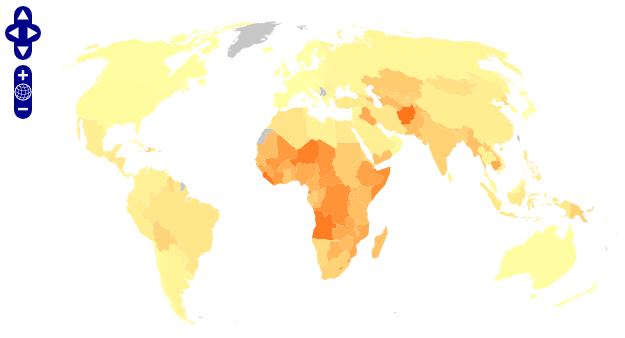Great news! On December 1st, the Norwegian Mapping Authority (NMA) launched a series of map services. The best and most detailed maps of Norway are now freely available. You can browse the maps in my new web application: norgesatlas.info (Atlas of Norway). The following map layers are fetched from NMA:
 Google Satellite, highest resolution available.
Google Satellite, highest resolution available.
 Google Streets, highest level of detail available.
Google Streets, highest level of detail available.
 Nautical chart from NMA.
Nautical chart from NMA.
 Topographic map from NMA.
Topographic map from NMA.
 Topographic map and sea depths from NMA.
Topographic map and sea depths from NMA.
 Large scale topographic map from NMA.
Large scale topographic map from NMA.

- Sjøkart = Nautical chart
- Topografisk = Topographic map (very nice!)
- Fylker og kommuner = Administrative boundaries
- Sjødybder = Sea depths
- Sjøgrenser = Maritime boundaries
 Google Satellite, highest resolution available.
Google Satellite, highest resolution available. Google Streets, highest level of detail available.
Google Streets, highest level of detail available. Nautical chart from NMA.
Nautical chart from NMA. Topographic map from NMA.
Topographic map from NMA. Topographic map and sea depths from NMA.
Topographic map and sea depths from NMA. Large scale topographic map from NMA.
Large scale topographic map from NMA.
Grazing land on Foldøy.
NMA maps can be accessed as a Web Map Service (WMS) or as cached map tiles for fast retrieval. Both Google Maps and Bing Maps tiling schemes are supported, as well as WMS-C. Limits are 300 requests per end-user per day for the WMS and 10000 request per day for the cached version (Terms of Use).
According to this blog post, the NMA map services are based on open source software: MapServer, PostGIS and GeoWebCache. Norgesatlas.info is based on OpenLayers, ExtJS and GeoExt, - great tools to build web mapping applications.
Related post: Thematic Mapping in Norway









